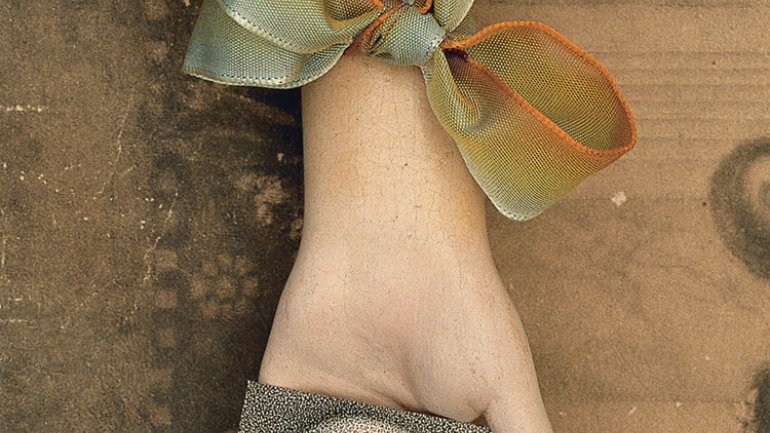Making It Better
Making It Better
How well do you sleep? Do you exercise? How much alcohol do you drink? Those are questions your doctor asks when you get a physical. Here’s one more she could ask: How much meaningful handwork are you doing?
Using your hands creatively – for example, to knit, garden, or work with wood or clay – is a key to mental health and well-being, according to a pile of recent research. Kelly Lambert, author of Lifting Depression: A Neuroscientist’s Hands-On Approach to Activating Your Brain’s Healing Power, has documented several benefits of hand use, including decreased depression, anxiety, and stress, along with increased concentration and self-esteem. As Psychology Today put it, Lambert has shown that “physical activities that involve our hands, particularly activities that produce tangible products that we can see, touch, and enjoy,” light up the focus and pleasure centers of the brain.
That’s borne out by a 2013 study of more than 3,500 knitters published in the British Journal of Occupational Therapy, in which 81 percent of respondents with depression reported feeling happy after knitting. More than half said they felt “very happy.” Why? The repetitive motions of knitting activate the parasympathetic nervous system, calming the “fight or flight” response. “Making things,” says psychiatrist Carrie Barron, co-author of The Creativity Cure: How to Build Happiness with Your Own Two Hands, “promotes psychological well-being.”
So why doesn’t your doctor ask you whether you make things with your hands before prescribing an antidepressant? I wondered about that as we planned this issue focused on craft and wellness. Maybe the research about hand use is not known widely enough yet. Maybe our default is to put our faith in pills and assume that modern life and conventional medicine represent the pinnacle of progress. Yet, as Barron argues, psychologically speaking, we of the 21st century may have given up more than we’ve gotten. “Too much time on technological devices and the fact that we buy almost all of what we need rather than having to make it has deprived us of processes that provide pleasure, meaning, and pride,” she says.
As we’ve modernized, depression has surged. “A century ago, according to the best epidemiological evidence we have, the lifetime rate of depressive illness in the U.S. was about 1 percent,” says Stephen S. Ilardi, associate professor of clinical psychology at the University of Kansas. “The rate now stands at 23 percent.” That’s a more than 20-fold increase over the course of a century. And according to a recent study, he says, the rate of depression has more than doubled in just the past decade. Depression has skyrocketed even as more and more people take antidepressants.
Ilardi points out that people whose lifestyles more closely resemble those of our ancestors – for example, the Amish, who make their own furniture, sew their own clothes, and drive handheld plows – experience significantly less depression.
So the next time you’re tempted to have another glass of wine or lose a few hours on Facebook, try some doodling. Play the piano. Pick up your crochet hook. Make something. You’ll feel better.




